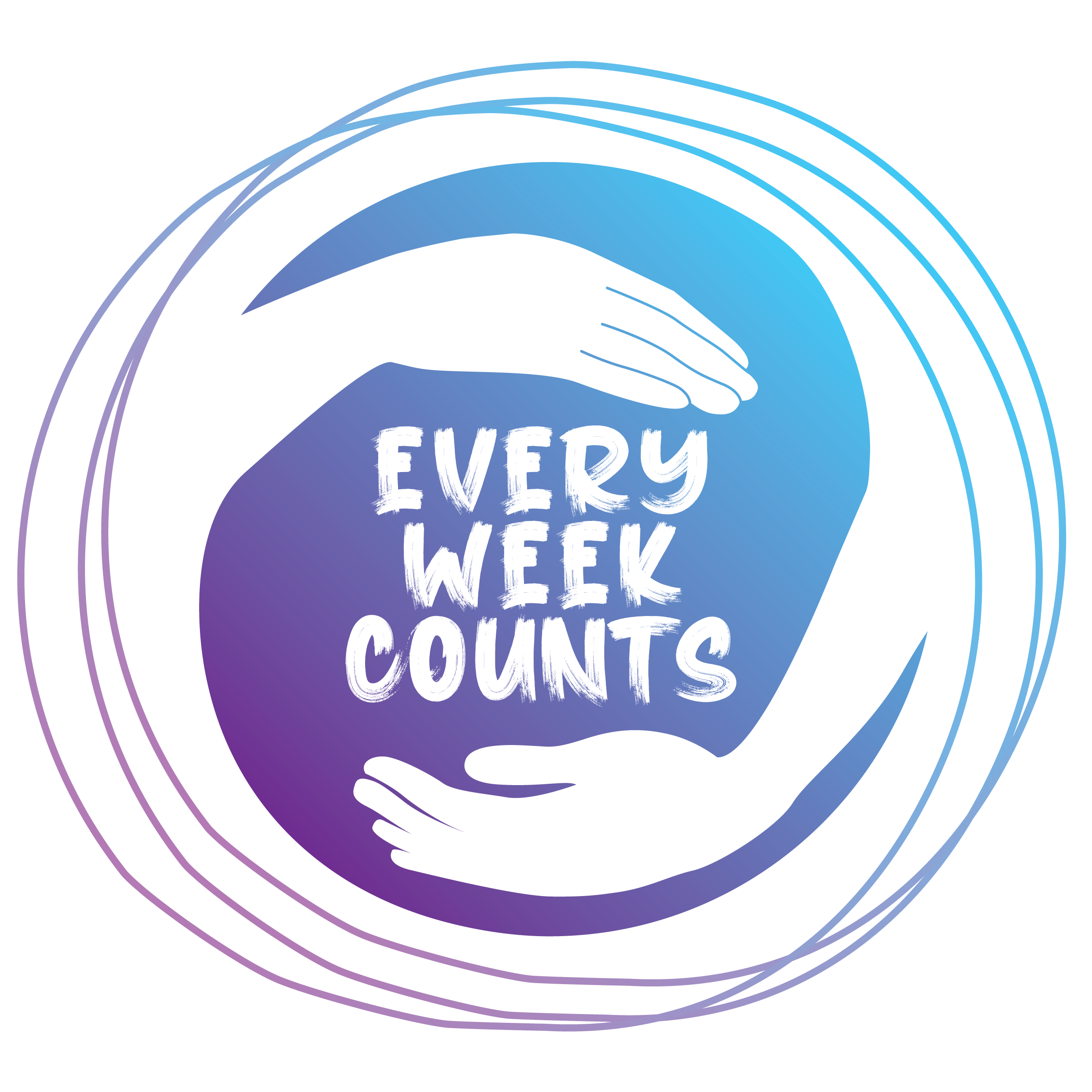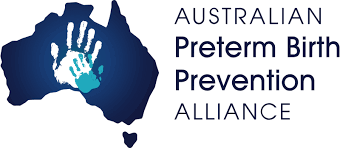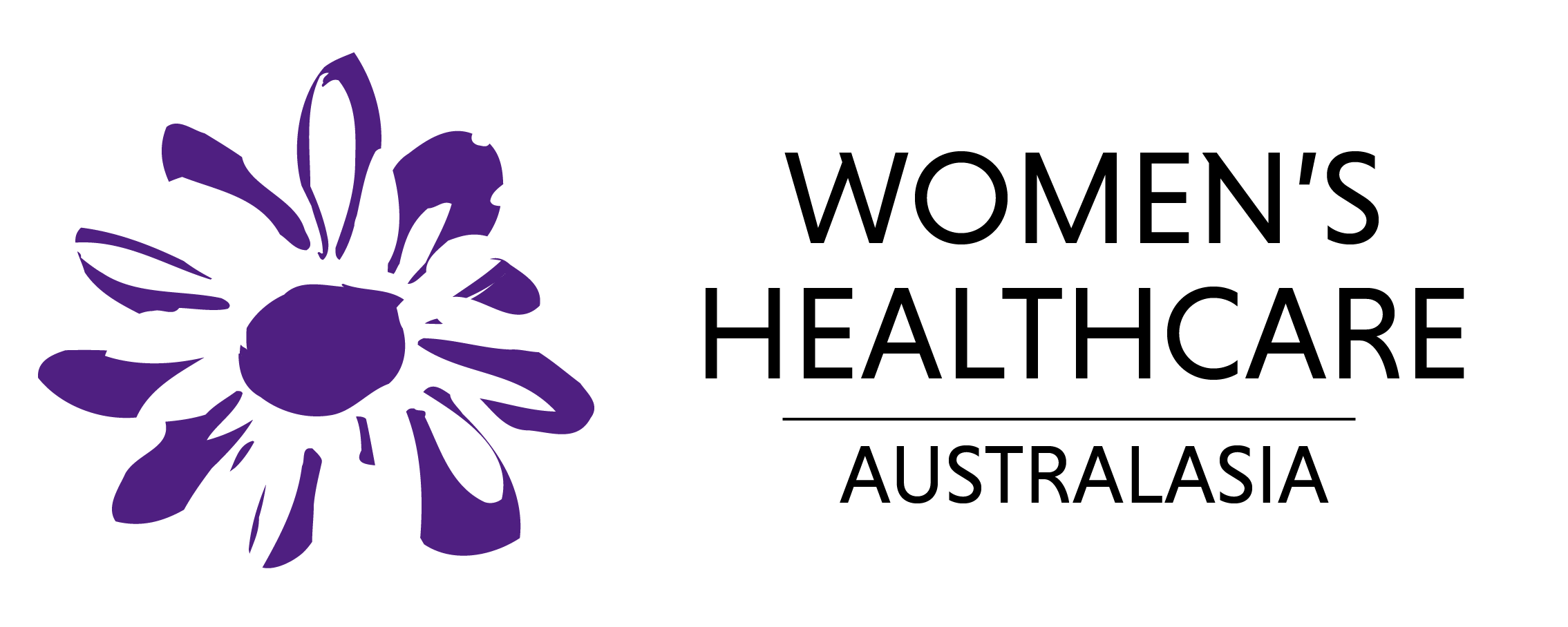Stillbirth
The weekly stillbirth rate remains less than 1 per 1000 ongoing pregnancies up to 40 weeks, rising to more than 1 per 1000 ongoing pregnancies at 41 weeks and beyond. The rate of stillbirth has been calculated using the fetus-at-risk approach. This approach takes into account all fetuses in utero (yet to be born) at a given gestational age, in addition to those born in that week. For example, fetuses at risk of stillbirth at 35 weeks include babies born at 35 weeks as well as those yet to be born in subsequent weeks. As the pool of women remaining pregnant becomes smaller each week, the weekly rate of stillbirth increases, (as this is the number of stillbirths divided by a decreasing number of fetuses yet to be born and therefore at risk).
The National Health and Medical Research Council (NHMRC) Centre of Research Excellence in Stillbirth (Stillbirth CRE) has led the development of the eLearning modules which provide evidence-based and collaboratively designed learning resources for healthcare professionals working with pregnant women.
The following modules are available:
- • The Safer Baby Bundle: This module provides evidence-based information for maternity health care providers on the 5 elements of the bundle: Smoking Cessation, Fetal Growth Restriction (FGR), Decreased Fetal Movements (DFM), Side Sleeping and Timing of Birth.
- • IMPROVE: This is a training package consisting of six courses and is designed to support healthcare professionals in responding to women who have experienced stillbirth.
Click to register for free access to the Safer Baby Bundle and IMPROVE eLearning modules.







